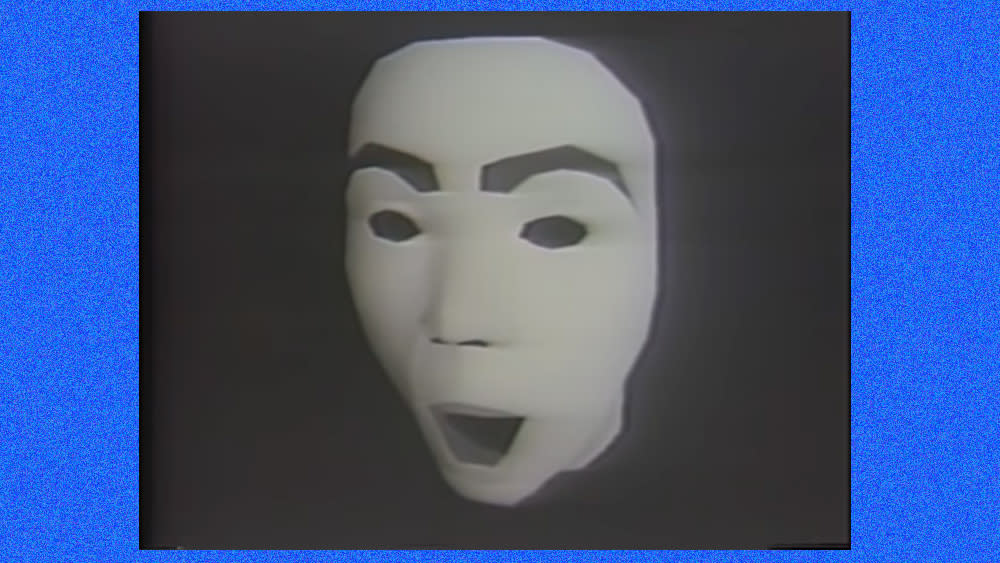These early 3D face animations will haunt your dreams

3D animation has come a long way in the last couple of decades with tools like Blender putting it within reach of even amateur creatives. And just how far it's come is apparent when we see this footage of early 3D animations of the human face.
The video below shows the work of Frederic Ira Parke from the early 1970s. He carried out research into computer-generated 3D animation while studying as a graduate student at the University of Utah with support from the US government Department of Defense's Advanced Research Projects Agency (today's DARPA). And the results look just as creepy as that association might make you think (see our pick of the best animation software to make your own haunting creations).
According to Parke's research paper, his wife Vicky was among the three volunteers who modelled for experiments in which he produced "realistic" (the quotation marks are Parke's own) computer-generated half-tone animated sequences of a human face changing emotions.
Parke determined that a polygon skin containing approximately 300 polygons defined by about 400 vertices was enough to produce a realistic face. He obtained the 3D data he needed using pairs of photographs, while the animation was achieved using a cosine interpretation scheme to fill in the intermediate frames between expressions.
The video was shared several years ago on the VintageCG YouTube channel, and, as fascinating as it is, we kind of wish we hadn't seen it for it continues to haunt our dreams today. You can read the original research paper, entitled 'Computer generated animation of human faces' at the University of Utah's digital library.
See our guide to the best laptops for animation if you're looking to upgrade a contemporary setup for 3D work.

